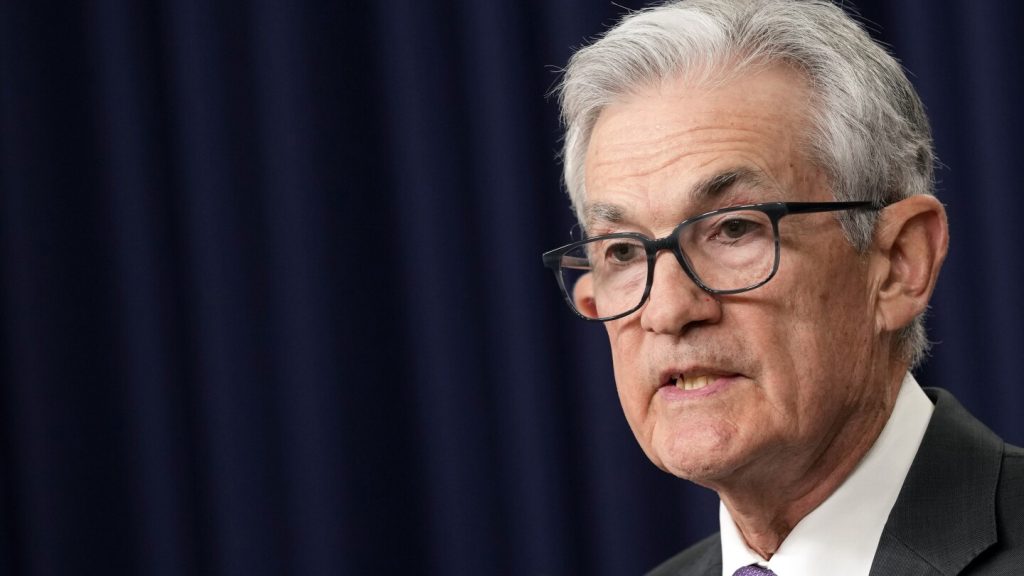Federal Reserve Chair Jerome Powell reiterated that the Fed expects to cut interest rates this year, but only after seeing more positive inflation readings. The central bank wants to ensure that annual price increases are moving towards its 2% target before making any rate cuts. In response to high inflation two years ago, the Fed raised its benchmark rate 11 times to a 23-year high of 5.4%, ultimately bringing inflation down from 9.1% to 3.2%. However, year-over-year price increases still exceed the Fed’s target.
Despite expectations of a recession due to higher rates, the U.S. economy continued to grow steadily, expanding at an annual rate of 2% or more for six consecutive quarters. The job market remained strong with unemployment rates below 4% for over two years, the longest streak since the 1960s. The combination of robust growth and diminishing inflation has led to hopes that the Fed is achieving a “soft landing” – curbing inflation without triggering a recession. The central bank has signaled plans to cut rates three times this year.
Powell emphasized that the strength of the economy gives the Fed flexibility in deciding when to cut rates. He mentioned that the central bank can afford to wait for further evidence on inflation before making any moves. When asked if he would ever declare victory over inflation, Powell jokingly replied that he is superstitious and wouldn’t want to jinx it. The Fed’s cautious approach reflects its intention to carefully monitor economic indicators before taking any significant actions.
The discussion at the Federal Reserve Bank of San Francisco highlighted the Fed’s balanced approach towards interest rate cuts, with a focus on achieving its 2% inflation target. Powell acknowledged that the path to reaching this target may be bumpy but expressed confidence in the central bank’s ability to manage inflation effectively. The Fed’s strategy of monitoring economic data and making data-driven decisions indicates a commitment to maintaining stable economic growth while keeping inflation in check.
Overall, Powell’s remarks reaffirm the Fed’s cautious stance on interest rates, highlighting the need for more evidence of declining inflation before any rate cuts are implemented. The current economic environment of steady growth and strong job market indicators provides the Fed with flexibility to wait and assess the situation carefully. By emphasizing the importance of data and a gradual approach towards rate cuts, the Fed aims to sustain economic stability and achieve its inflation targets in the long run. Powell’s remarks reflect a balanced and prudent approach to monetary policy in light of evolving economic conditions.


